Hip resurfacing
Hip resurfacing is a specialised kind of hip replacement where the minimal amount of bone is removed from the head of the femur.
Advantages of this implant are preservation of bone and anatomy, a hardwearing bearing, hip stability, and potential for very high levels of patient activity. It is the only hip that potentially allows the patient to return to any activity including running, climbing etc.
Fig 1: Resurfacing implant compared to conventional THR.
Resurfacing is best suited to high activity, young, male patients without significant bony deformity. It has become apparent that the cause of hip arthritis in the majority of these young athletic males is femoro-acetabular impingement, and resurfacing is ideally suited to deal with the pattern of arthritis that this causes.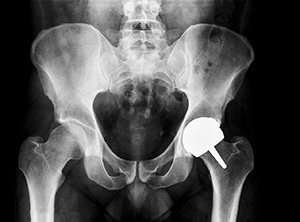
Fig 2: High activity patient after hip resurfacing.
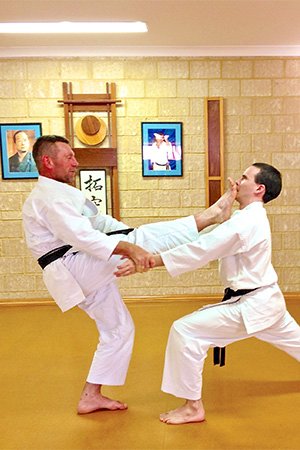
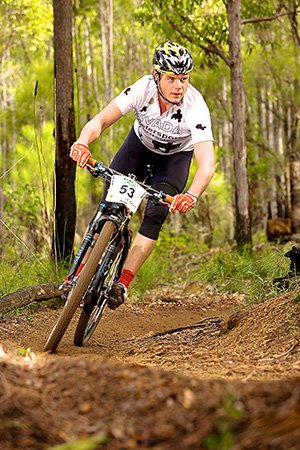
Benefits of hip resurfacing:
- Benefits of MoM bearings
- Very high activity possible
- Bone preservation femur
- Restores function
- Results >15 years
- Easy revision after femoral failure.
Benefits of MoM:
- Low wear
- Tough
- >20 years experience of modern MoM bearings
- Allows use of very large heads.
There have been many concerns over the use of MoM bearings, relating to metal allergy, theoretical links with cancer, and technical problems in implantation. However, with careful patient selection and good surgical technique, the results are excellent, especially in the young active male.
Problems of hip resurfacing:
- Problems of MoM bearings
- Neck fracture 1%
- Larger incision
- Neck thinning (usually females)
- More demanding operation.
Problems with MoM bearings:
- Metal allergy, and ALVAL/ARMD, especially in young females
- Unexplained pain, especially in young females
- Worries over cancer risk (unfounded)
- Wear particles cross the placenta
- Sensitive to surgical error in placement.
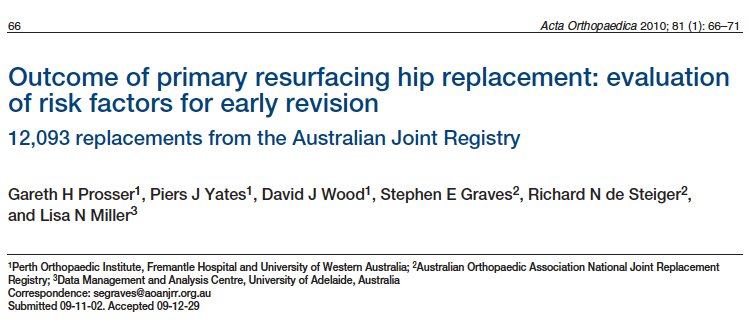
Professor Yates has performed several hundred of these operations, and has frequently taught other specialists and other health professionals about this procedure.
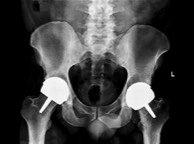
Fig 4: Bilateral hip resurfacing in a 44-year-old.
The procedure
Preparation for the surgery is very similar to that of total hip replacement (see Pathway for total hip replacement and resurfacing hip replacement).The set up in theatre is the same, as is the anaesthetic. The operation takes about 45 minutes to one hour. Most patients are able to stand on the day of surgery, and are ready for discharge home on the second or third post operative day. Sometimes, Orthopaedics WA will ask patients to remain on crutches for a few weeks after this operation, to protect the bone while it remodels. Postoperative care is the same as for a THR.


